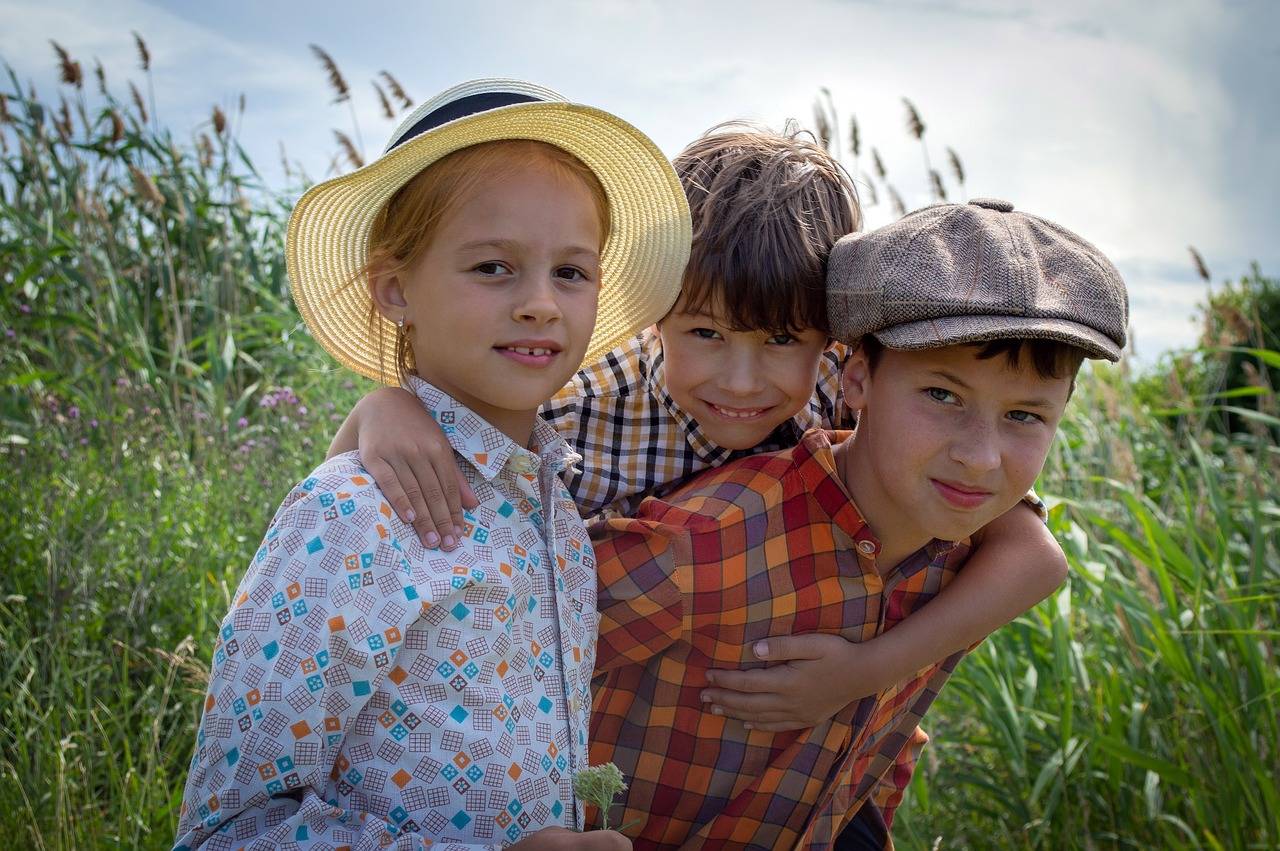Exploring the Influence of Architecture on Set Design: Building Worlds on Screen
When it comes to setting the tone for films, the architectural style plays a crucial role in establishing the mood and atmosphere of a scene. Whether it’s a grand castle evoking a sense of opulence and royalty or a rundown apartment building conveying a feeling of desolation and despair, the choice of architectural elements can greatly impact how an audience interprets a film.
Architectural styles such as Gothic, Art Deco, or Modernist not only provide visual cues to the time period and location of a film but also help to reinforce the themes and emotions that the story aims to convey. By carefully selecting and utilizing architectural styles that align with the narrative, filmmakers can effectively immerse viewers in the world they have created, enhancing the overall cinematic experience.
Utilizing Architectural Elements to Enhance Storytelling
When it comes to storytelling in films, architectural elements play a crucial role in creating a rich and immersive narrative experience. From the grandeur of a Gothic cathedral to the sleek lines of a modern skyscraper, the architecture depicted on screen can set the tone, establish the setting, and even reveal insights into the characters’ personalities. Through careful selection and utilization of architectural elements, filmmakers can enhance the storytelling process and deepen the audience’s engagement with the narrative.
Architectural styles can communicate a wealth of information without the need for explicit exposition. For example, a character residing in a minimalist, industrial loft might be perceived as modern, urban, and perhaps emotionally disconnected. On the other hand, a protagonist living in a rustic farmhouse surrounded by rolling hills conveys a sense of simplicity, closeness to nature, and tradition. By strategically incorporating architectural elements that align with the themes and emotions of the story, filmmakers can add layers of subtext and visual interest to their narratives.
How can architectural styles enhance storytelling in films?
Architectural styles can help set the tone and atmosphere of a film, providing visual cues to the audience about the time period, setting, and mood of the story.
How do filmmakers choose the right architectural elements for their storytelling?
Filmmakers often work closely with production designers and set decorators to select architectural elements that align with the themes and messages of the story. They may also draw inspiration from historical periods or architectural movements.
Can you give examples of films that effectively use architectural elements to enhance storytelling?
One example is the use of Art Deco architecture in the film “The Great Gatsby” to evoke the glamour and excess of the Roaring Twenties. Another example is the use of Gothic architecture in horror films to create a sense of foreboding and mystery.
How can filmmakers use architectural elements to foreshadow events or reveal character traits?
Filmmakers can use architectural elements such as a character’s home or workplace to reflect their personality, social status, or inner turmoil. For example, a character living in a rundown apartment may suggest financial struggles or a troubled past.
Are there any limitations to using architectural elements in storytelling?
While architectural elements can enhance storytelling, they should not overshadow the narrative or distract the audience. Filmmakers should strike a balance between visual aesthetics and storytelling coherence.





